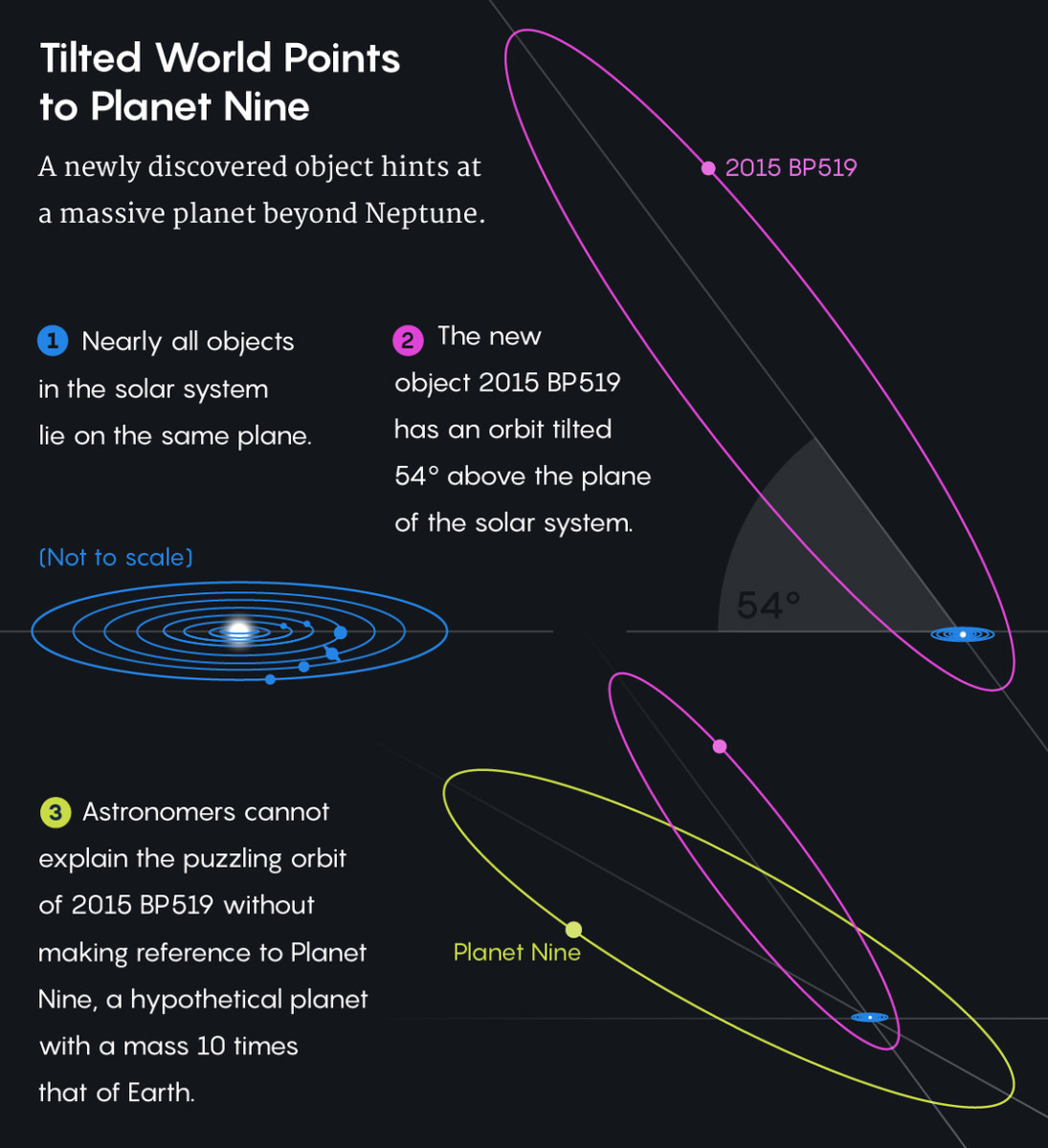I wonder if it's going to be so easy for them to simply make booster landings/reusability happen? If it were a simple case of simply looking at what spaceX did and copying it, then other companies would already be doing that. It seems like a tough challenge you need to figure out by collecting data, trial and error, etc.
Other companies are taking the same approach, yes. Blue Origin actually sued* SpaceX for patent infringement for landing rockets on a drone ship at sea and pulled off a vertical landing (with a suborbital booster) about a month before SpaceX did. I've linked in this thread to video of the Chinese firm OneSpace experimenting with a miniature, throttleable rocket to learn how to apply it to their larger launch vehicle under development.
I don't say it is easy to develop this technology but it is straight forward and requires no truly novel principals of design. There isn't much 'secret sauce' in the vertical landing recipe and SpaceX (surprisingly) is currently
not a major developer of brand new technology. Instead they focus on finding the highest, best use of already-existing technologies and novel applications thereof. Same with Blue Origin.
I will say that SX (and to a lesser extent, BO, which still hasn't launched a payload into orbit or carried a human passenger) is reaching an inflection point where they will have to begin inventing technologies that don't exist yet. Taking tourists into space for a thrill ride and landing large masses (and people!) on the surface of Mars and the Moon will actually require a lot of new technologies.
But to answer the question that started this - yes, there is a lot of trial and error associated with learning to land rockets but the technologies to do it are widely understood.
*BO lost the law suit. Among other things, SpaceX was able to show that BO's own patents were invalid as there already existed a patent (by some rando engineer) that covered the barge-landing concept. The owner of that patent was on record as not wanting to enforce his patent rights and was happy that not only did two major companies come to the same technical conclusion to the problem as he but one of them was already practicing it!
(I'm way too excited talking about random rocket patent disputes lololol)
--------
Cool video from ISRO:
They practiced a pad abort with a capsule escape system they developed. Unfortunately, due to political reasons, ISRO does not have nor is developing a capsule system. The government has yet to authorize a manned space program that ISRO badly wants. ISRO has developed a rocket that could launch a capsule (the GSLV MK III) and now this pad abort system. There is a proposal to begin a full-on manned program before the Indian government but no clear indications it will be approved. ISRO has been aggressively developing new space technologies but have also suffered two major catastrophes recently when their PSLV rocket failed (fairing stuck) and one of their communications satellites died almost immediately upon reaching space.
The cool grid fins that deploy before launch were originally developed for use with the Soyuz capsule and have saved cosmonaut lives during a real pad abort situation.
According to this article from the Times of India, ISRO is also developing its own reusable 2-stage rocket. Cool stuff all around.
https://timesofindia.indiatimes.com...f-crew-escape-module/articleshow/64864269.cms






